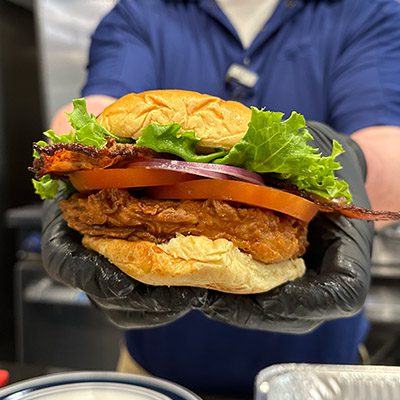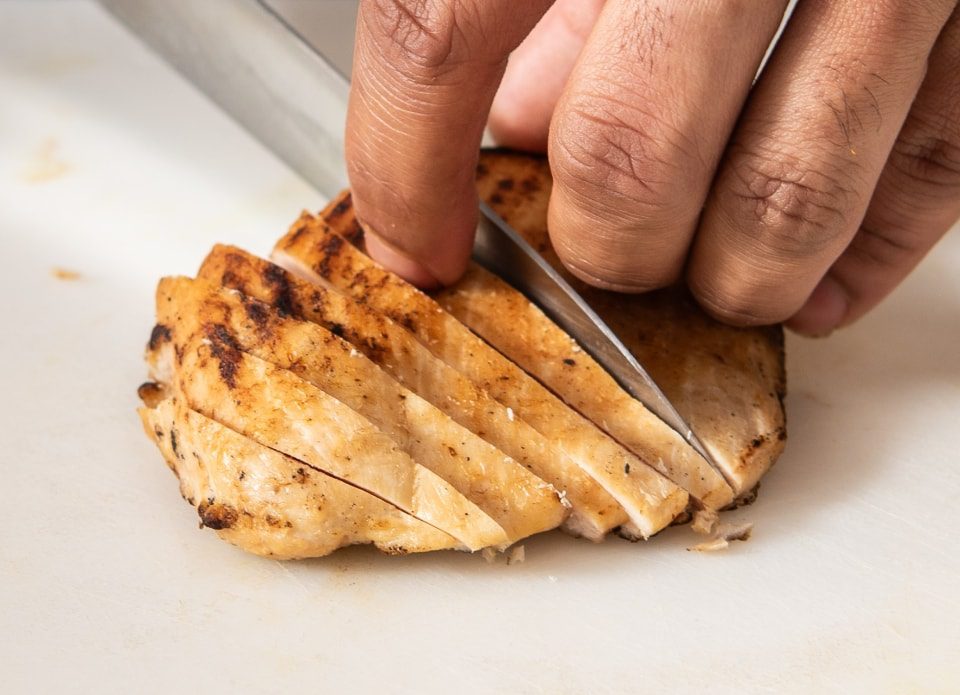
To scale or not to scale?
Waste not, want not. Gain tighter control of food costs by making use of good scaling practices in your operation… even half an ounce can make a difference!
What is the difference between profit and loss, or even consistency vs. inconsistency? The answer is simple, a scale… and the ability to maintain the use of said scale within your operation. I’ve made it a normal practice to ALWAYS use a scale, especially when working with center of the plate items. Scales must be used as a portion control barrier meant to protect your annual profits. Whether you’re a prep chef who has been portioning lobster for years or an owner who feels confident they have the perfect 8oz filet of beef slice down to a science when freestyle portioning… USE A SCALE.
Even the smallest of weight can soon become a large loss, for example:
- Fresh TCK lobster: You use 80 portions of lobster a week… Your prep cook is normally .25 oz over your standard portion size (the approximate weight of a large lobster knuckle) that works out to 65 lbs of lost lobster meat profit a year.
- Fresh Crab: Crab Cakes are your biggest selling appetizer… Your crab cakes are chalked full of crab, nearly 50% fresh crab to filler in your mix. Mmm! At 100 orders a week, if every other portion is 1 oz over in weight that’ll add up to 81.25 lbs of lost cab meat profit a year.
- Deli Roast Beef: You use 90 portions a week, and your prep cook is over by 1 oz every third portion, that’s 97.5 lbs of lost roast beef profit a year
- Beef Tenderloin, rib-eye, sirloin: Steak is most of your business and you sell about 250 steaks a week… Chef is usually very close to weight when butchering, but lets say on average the steaks are .18 oz over weight. That’s 146.25 lbs a year, or 390 – 6oz steak tip specials you could have profited from if you took the time to shave the weight down to portion.
We are all human and no-one is perfect. Allowing your scale the opportunity to eliminate the guesswork will help keep the profit where it belongs… within your operation.
View the WNWN Series








